TNA to DLR-SO Node
German Aerospace Center – Institute for Solar-Terrestrial Physics Infrastructure

- Over 100 years research on the interaction of electromagnetic waves with the atmosphere/ionosphere at the site Neustrelitz.
- 20 years of space weather research with focus on the ionosphere (preoperative ionospheric service since 2004).
- On 27.06.2019 the new DLR Institute for Solar-Terrestrial Physics is put into operation by decision of the DLR senate.
Infrastructure/Service:
Ionosphere Monitoring and Prediction Center (IMPC)
Development of prototypical services and applications at the DLR Institute for Solar-Terrestrial Physics.
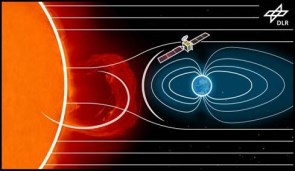
Provision of web services and data products by the DLR Earth Observation Center.
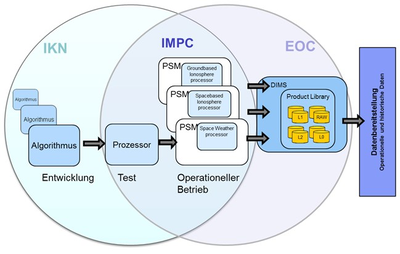
Relevant experience:
- Near real-time ionosphere monitoring, modelling and prediction to support scientists, decision makers and the public.
- Coordination of the ESA Expert Service Center Ionospheric Weather and service/data provision.
- Member of the PECASUS consortium under the lead of FMI, which is responsible to deliver operational space weather information to the international civil aviation organization (ICAO) since Nov. 2019.
DLR facilities:
Research institutes and facilities:
- Institute of Communications and Navigation
- Remote Sensing Technology Institute
- German Remote Sensing Data Center
- Institute for Solar-Terrestrial Physics
Data Processing and Archive
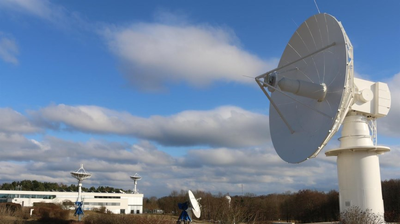
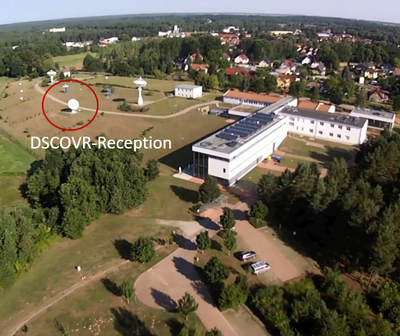
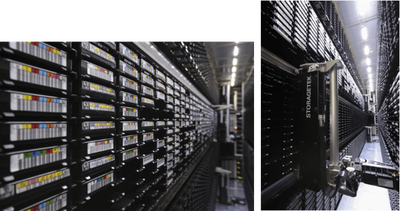
School and Project Lab
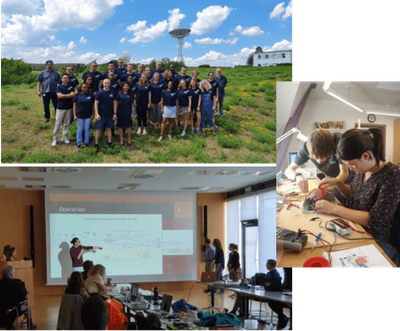
IMPC Real-Time GNSS Processing System:
Flexible software components have been developed in order to allow characterization of the actual state of the ionosphere by using the Neustrelitz TEC Model (NTCM). The system automatically processes and distributes real time high rate GNSS data (1Hz) of several hundred GNSS receivers from GNSS-reference networks worldwide (e.g. IGS, EUREF, UNAVCO, ASI, TrigNet) to calculate important key observables e.g. TEC, ROTI, DIX.
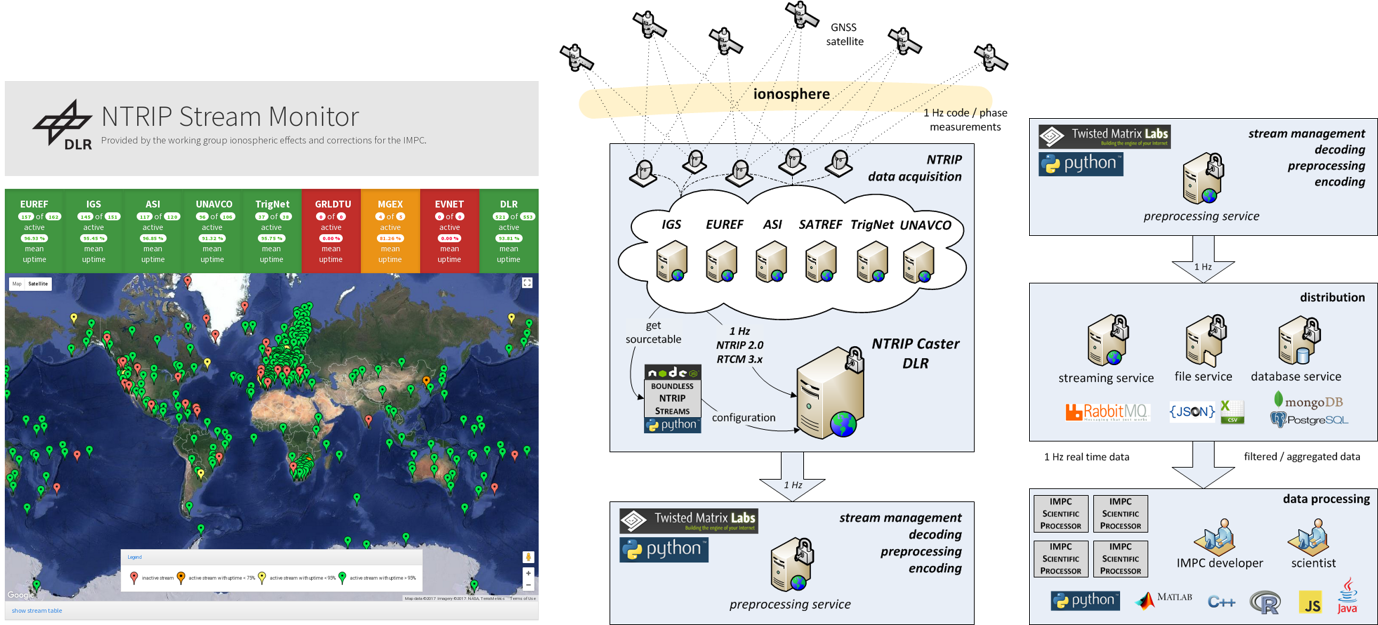
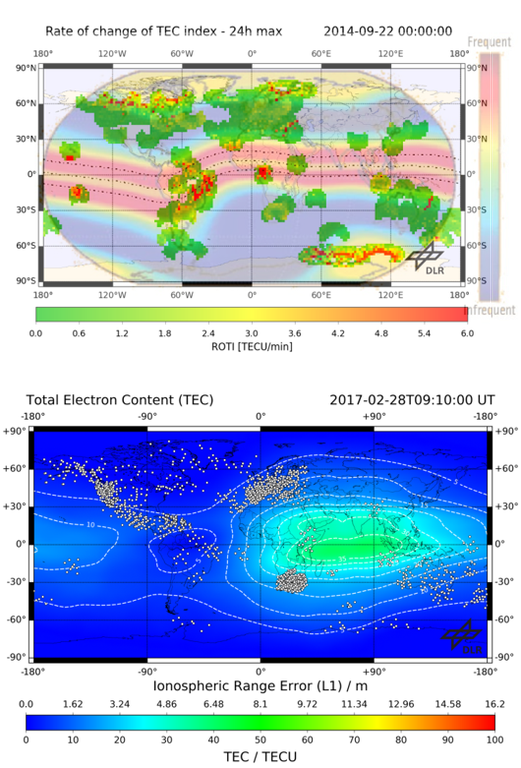
EVNET: High Rate GNSS Receiver Network:
The EV-NET is a network of high rate GNSS receivers (50-100 Hz) for the detailed investigation of small-scale ionospheric disturbances and related phase and amplitude scintillations.
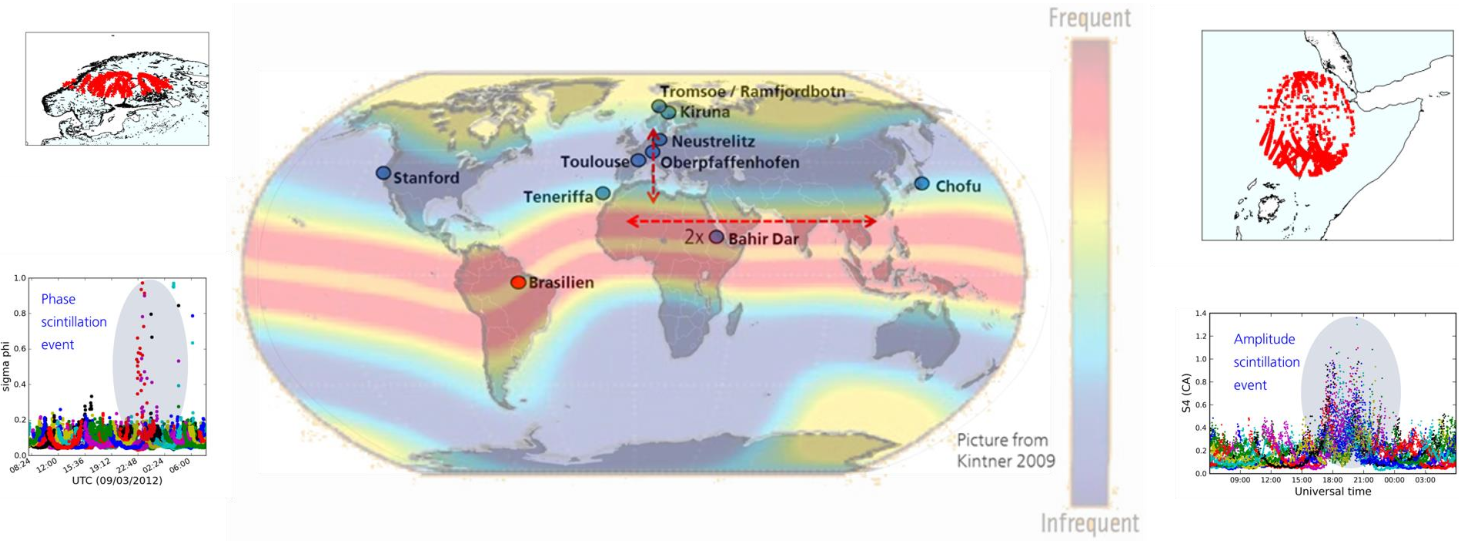
GIFDS: Global Ionospheric Flare Detection System:
Solar flares can disturb communications as well as navigation signals.
DLR has established a global system to measure sudden ionospheric disturbances (SIDs) in the D-layer Ionosphere caused by solar X-ray flares in near real time.
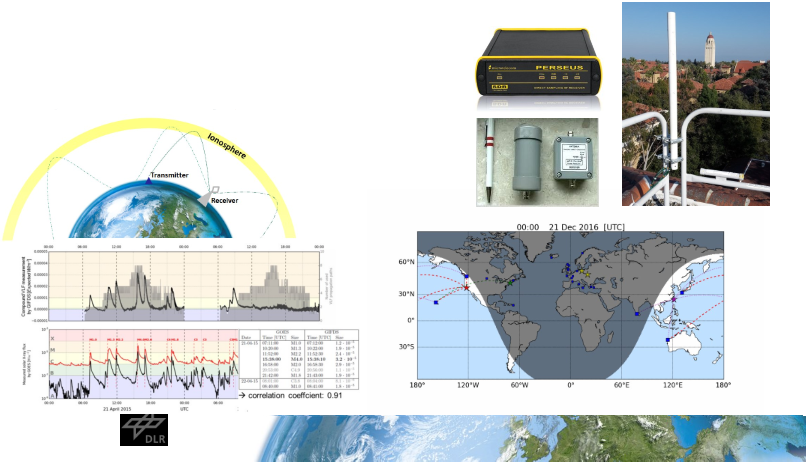
NPSM: Neustrelitz Plasmasphere Model:
- Using the solar radio flux index F10.7 as the only external parameter, the operation of the model is robust and fast to be used as a background model for estimating TEC or electron density profiles in near real time applications and services.
- NPSM includes a high altitude part (blue curve) where plasmaspheric processes related to plasmapause and magnetosphere dominate and a lower part (black curve) where ionospheric coupling is taken into account. The resultant plasmaspheric electron density is represented by the red curve.

NPSM example products
- Vertical total electron content (TEC) of the plasmasphere (e.g., from 1000 km (left) and 2000 km (right) upward at 14:00 UT under high solar activity conditions, F10.7 = 190).
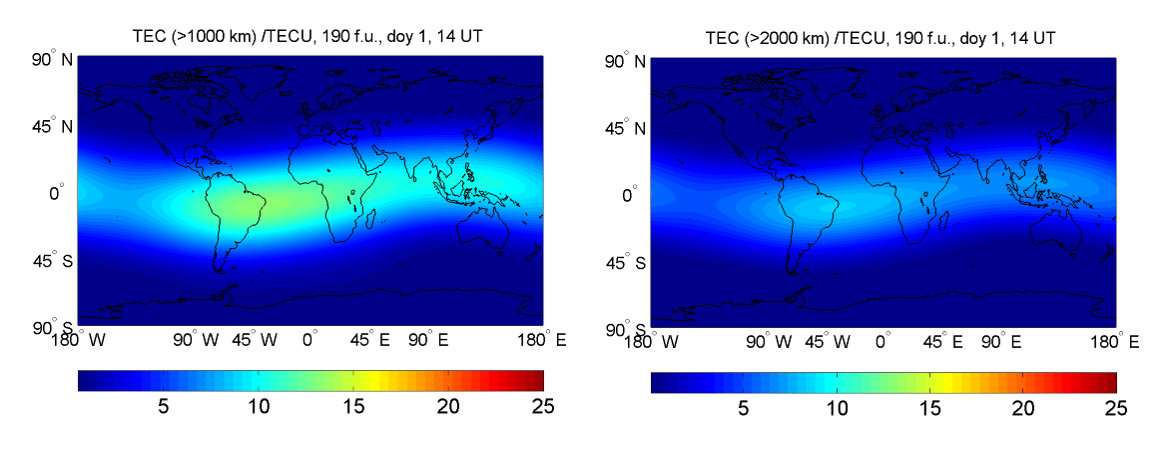
- Plasmaspheric electron density (e.g., along different L shells as a function of geomagnetic latitude).
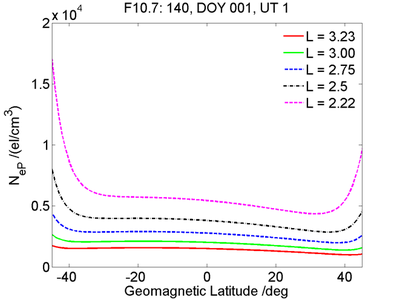
Areas of access
DLR-SO node is open to experiment proposals in the following fields:
- Solar flare monitoring and analysis of the ionospheric response.
- Impact analysis for HF communication and GNSS performances by combination with GNSS measurements (TEC, TEC rates)
- Spectral analyses to study radiation impacts on the lower ionosphere
- Research and analysis of D-Layer ionosphere disturbances from below (Gravity waves, Earthquakes, Hurricanes, radiation sources)
- Analysis of ionospheric response during Solar Eclipse events
- Cross correlation with external data sets from users (e.g. in the domain of GNSS-positioning or communication) to check the vulnerability of their systems to solar flare events
- Specification of topside ionosphere and plasmasphere electron density using NPSM
Info
TNA to DLR-SO Node info (downloadable pdf file)
Contact persons: Dr Jens Berdermann (Jens.Berdermann@dlr.de), Dr Mainul Hoque (Mainul.Hoque@dlr.de), Martin Kriegel (Martin.Kriegel@dlr.de)
